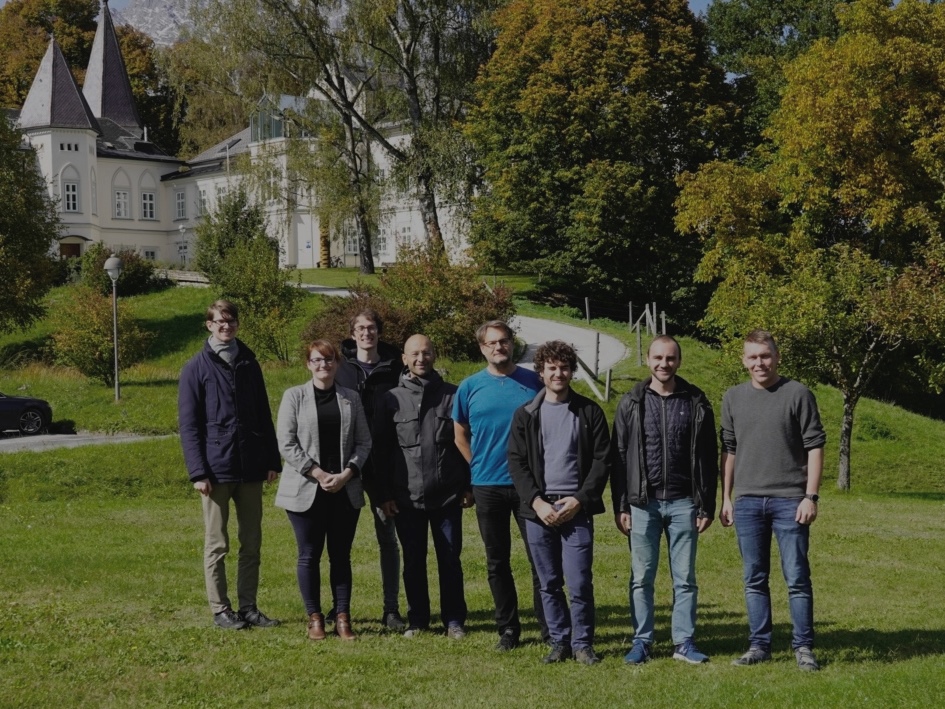With the 2022 season, we have been able to collect yield data on grassland areas throughout Austria for the SatGrass project for the second year. Similar to the previous year, almost 1,447 yield surveys were carried out at a total of 140 locations this growing season. A data set is now available in which both the number of surveys and their spatial distribution across Austria are unique. This data set now provides an excellent basis for the yield and quality models planned in SatGrass. In addition to employees of the Austrian Association for Grassland and Livestock Industry (ÖAG), these are Johann es mayr , Karl Kirfel and Christoph Meißl, members and employees of the Austrian Machinery Ring were again significantly involved in the extensive data collection this year.
This year, the first scientific publications were produced that deal with the satellite-based detection of cutting times. It was possible to read the grassland cut from the sentinel data with a high level of accuracy of just a few days, thereby creating the most important prerequisite for yield estimation.
Due to the Corona restrictions in the last two years, the project partners have not yet had the opportunity to meet in person. At the beginning of October we did this in Gumpenstein, where we discussed the previous results for two days with colleagues from the University of Natural Resources and Life Sciences, the Vienna University of Technology and the Central Institute for Meteorology and Geodynamics and were able to draft the work plan for the next few months.
In addition to processing the data collected this year, we will now begin to design statistical models for yield and quality estimation and thus gradually implement the goals of SatGrass. We want to use satellite and weather data to support farmers in choosing the optimal cutting time and also provide a regional evaluation of grassland yields from the perspective of climatic influences, especially drought.








